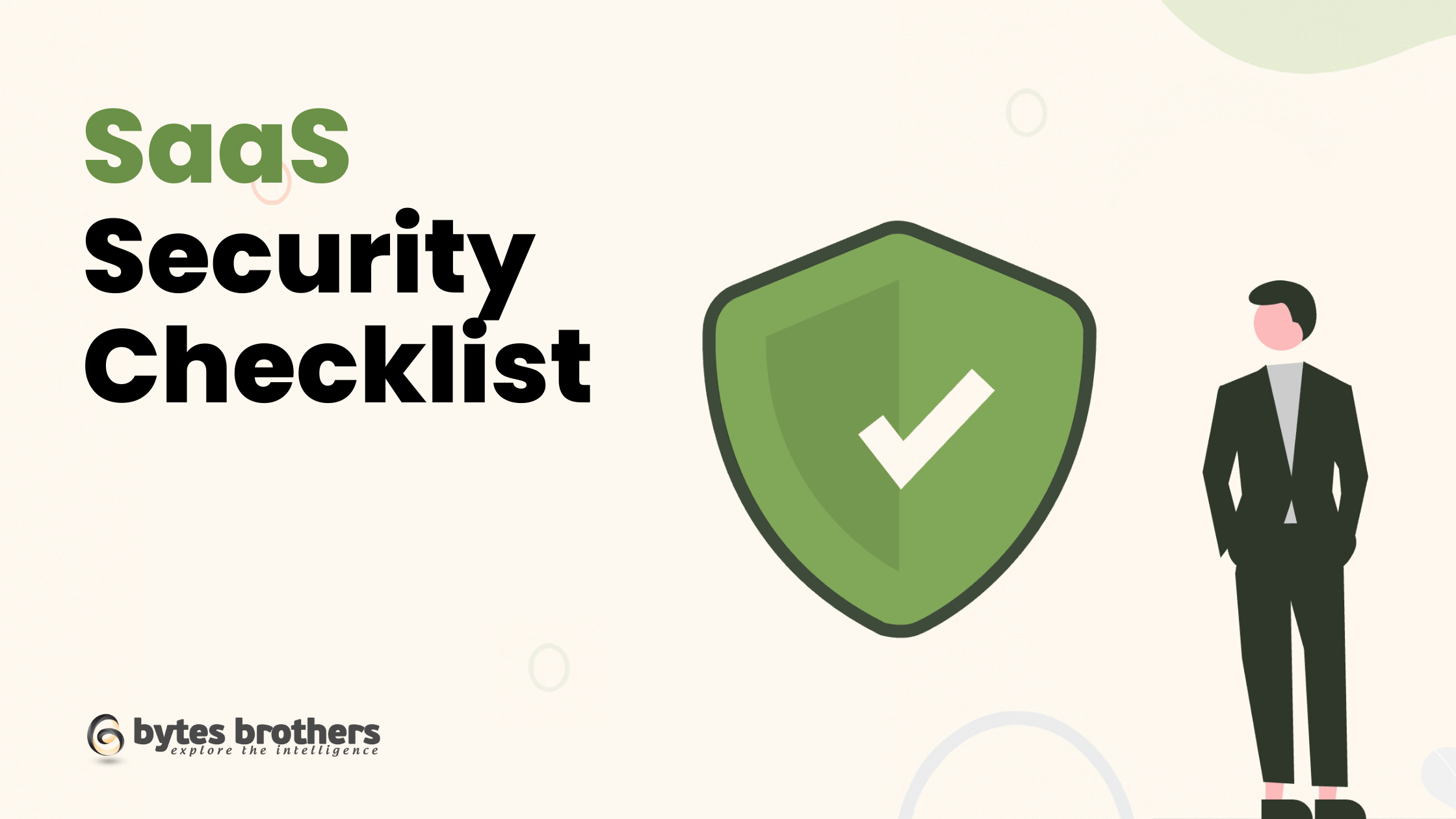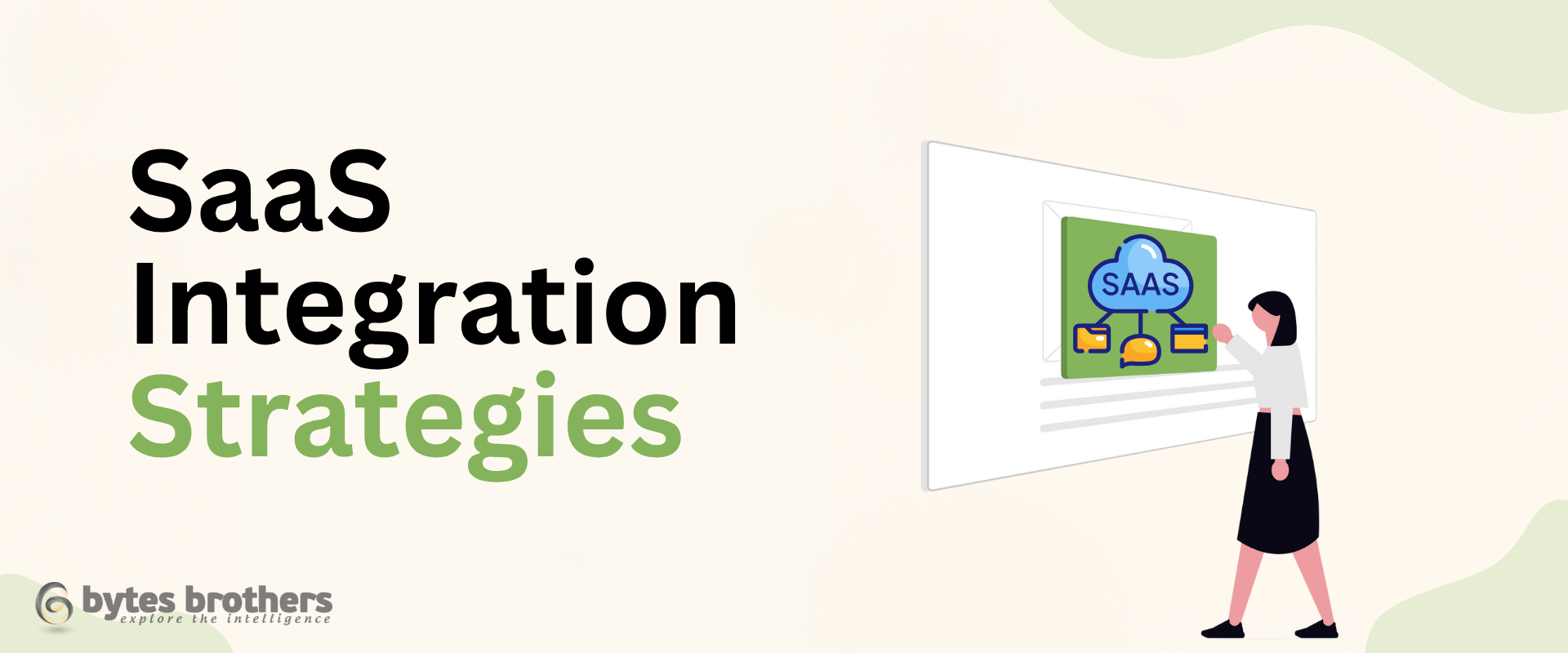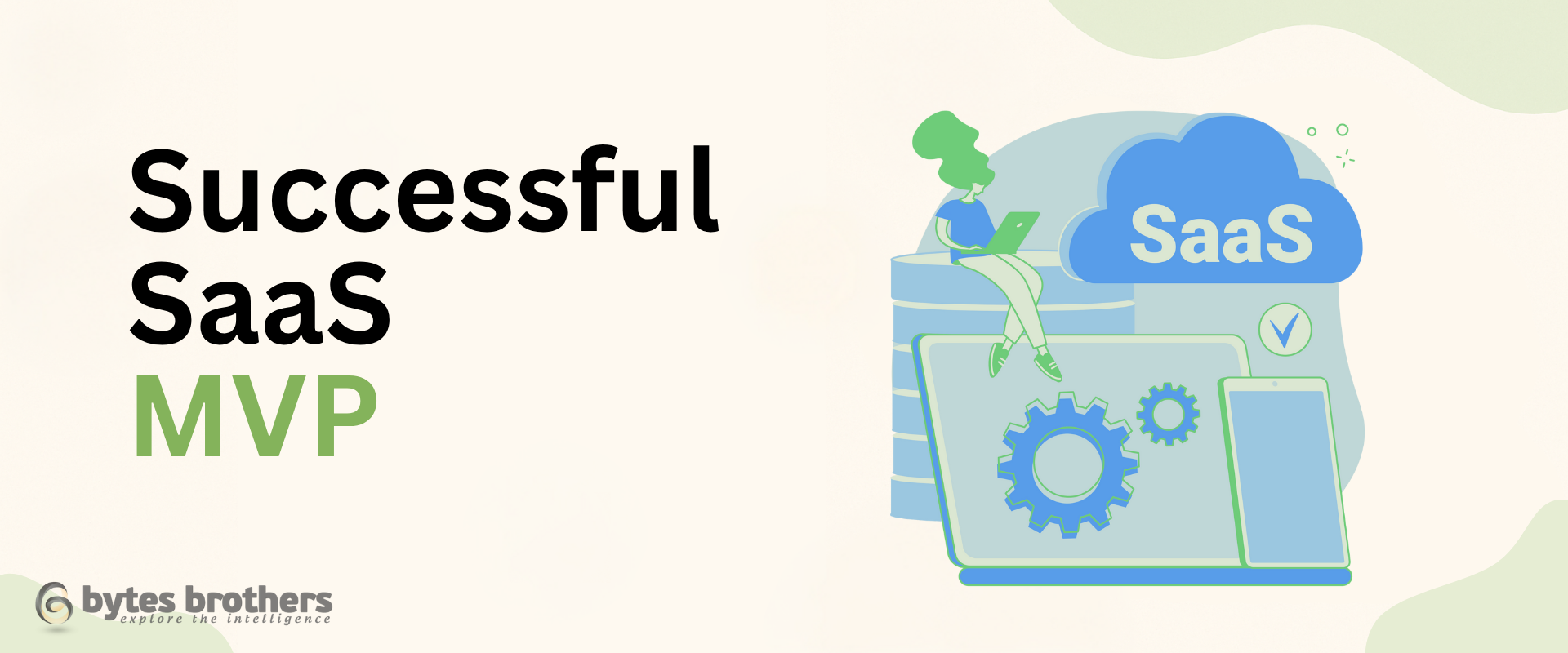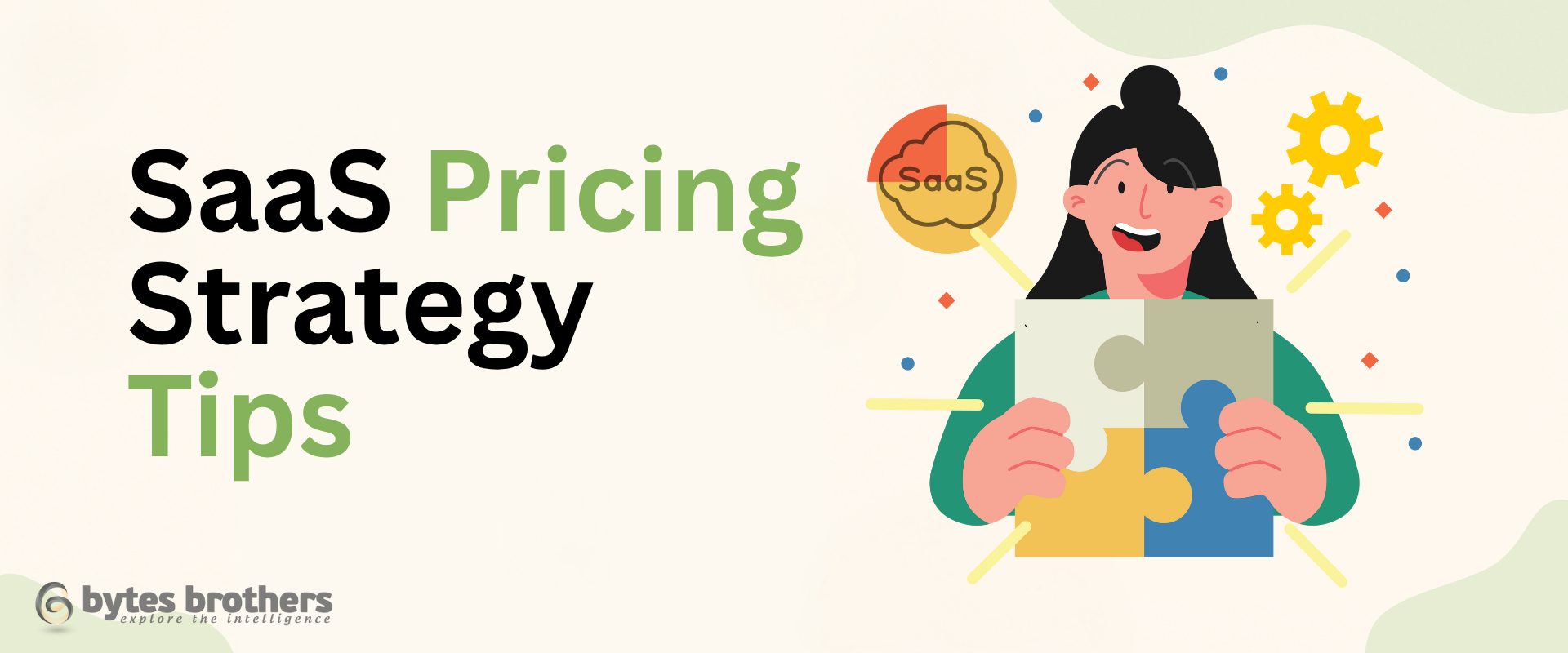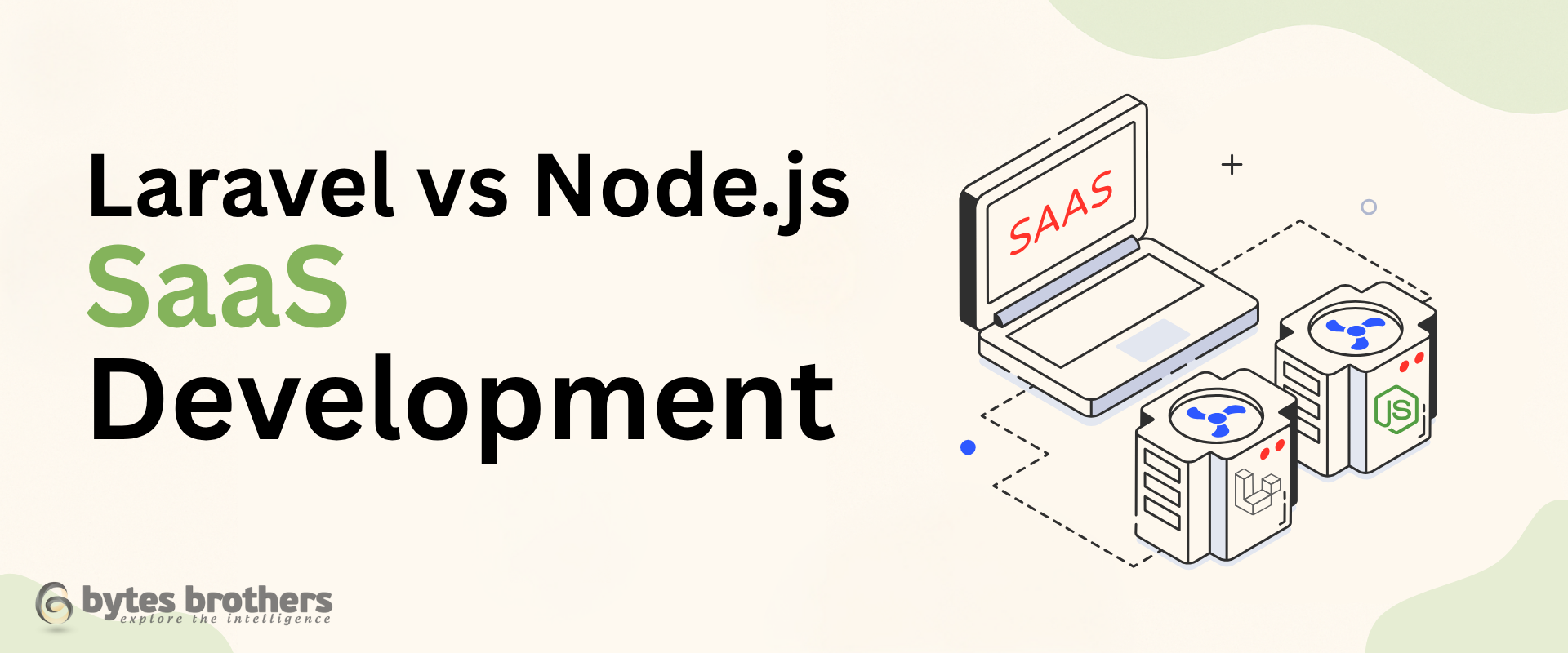Security is non-negotiable in SaaS development. A comprehensive SaaS security checklist helps identify and mitigate vulnerabilities early-before they lead to data breaches, reputational damage, or lost revenue-risks no startup can afford.
Key Takeaways
- Security should be embedded from day one of SaaS product development.
- Real-world vulnerabilities often stem from misconfigured permissions and unencrypted data.
- Implementing a layered security model strengthens SaaS application resilience.
- Regular audits and automation can proactively detect and mitigate risks.
- This SaaS security checklist helps developers cover critical aspects of protecting your application from threats.
- BytesBrothers offers expert guidance to secure your SaaS platform.
Why SaaS Security is a Business Priority
SaaS applications handle sensitive data-customer records, payment info, proprietary content-and are prime targets for cyberattacks. A single breach can cripple an early-stage business.
The SaaS security checklist outlined here is designed to help developers and CTOs build secure foundations that meet compliance, prevent common attack vectors, and scale with growth.
1. Secure Authentication and Access Control
Use Multi-Factor Authentication (MFA)
Relying solely on passwords is risky. MFA ensures that even if credentials are compromised, unauthorized access is blocked.
Example: GitHub enforces MFA for developers with elevated permissions to prevent account hijacking via phishing.
How to implement: Use identity providers like Auth0, Okta, or Firebase Authentication.
Enforce strong password policies and device recognition.
Implement Role-Based Access Control (RBAC)
Not all users should have equal privileges. RBAC limits access to only what’s necessary for each user’s role.
Technology: Use tools like Casbin or Keycloak to define and enforce role hierarchies.
2. Encrypt Data In Transit and At Rest
TLS Everywhere
All data sent between client and server must be encrypted using TLS 1.2+.
Implementation:
- Redirect all HTTP traffic to HTTPS.
- Use tools like Let’s Encrypt for SSL certificates.
At-Rest Encryption
Database and file storage should encrypt sensitive information, such as PII or payment data.
Example: Stripe stores and encrypts all card numbers using AES-256 at rest.
Tools: Use AWS KMS, Azure Key Vault, or Google Cloud KMS to manage encryption keys securely.
3. Secure APIs and Microservices
Authenticate API Requests
Every API call should require authentication and authorization. Use OAuth 2.0 or JWT tokens to validate requests.
Rate Limiting and Throttling
Prevent abuse or brute-force attacks by applying rate limits.
Tools: Nginx, AWS API Gateway, or Kong API Gateway provide out-of-the-box solutions.
Example Attack Scenario
A public SaaS platform exposed unauthenticated internal API endpoints. This led to data leaks affecting over 50,000 users. The fix involved using API gateways to control traffic and enforce identity.
4. Monitor and Log Everything
Centralized Logging
Collect logs from application servers, databases, and authentication services. This allows real-time visibility and forensic analysis.
Technology stack:
- Logging: ELK Stack (Elasticsearch, Logstash, Kibana), Datadog
- Alerts: PagerDuty, Prometheus + Alertmanager
Intrusion Detection
Use tools like OSSEC or Wazuh to detect anomalous behavior, such as port scanning or file tampering.
5. Perform Regular Security Audits and Pen Testing
Static and Dynamic Code Analysis
Use SAST tools like SonarQube and Checkmarx during development. For runtime analysis, apply DAST tools such as OWASP ZAP or Burp Suite.
Third-Party Penetration Testing
External pen testers can simulate real-world attacks and uncover weaknesses your team may overlook.
Example: A fintech startup running a pen test before launch uncovered a session fixation bug in their login flow, which was patched before customer onboarding began.
6. Keep Dependencies Updated and Secure
Open-source libraries are essential but can introduce vulnerabilities.
Action plan:
- Use tools like Dependabot or Snyk to track and patch security issues.
- Set up CI pipelines that fail builds when critical vulnerabilities are detected.
7. Compliance and Regulatory Alignment
If your SaaS handles sensitive or regional data (like in healthcare or finance), it must comply with standards like:
-
- GDPR
- HIPAA
- SOC 2
- PCI-DSS
Recommendation: Integrate compliance requirements into development sprints, not as afterthoughts.
SaaS Application Security Is a Continuous Effort
Securing your SaaS isn’t a one-time task-it’s a lifecycle approach. Building with security in mind from day one allows startups to scale faster, earn user trust, and avoid costly breaches.
A structured SaaS application security plan must be part of your MVP and long-term roadmap. Our team at BytesBrothers helps startups architect their platforms with security at the core, not bolted on later.
Need Help Securing Your SaaS Platform?
At BytesBrothers, we specialize in developing secure, scalable SaaS platforms that meet modern compliance standards. Whether you’re building an MVP or preparing for enterprise-grade audits, we’ve got you covered.
Book a free security consultation
Internal Resource:
Explore our SaaS MVP development services to see how we help startups build safe, scalable, and high-performing software.
